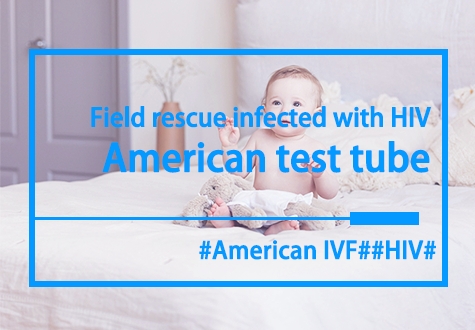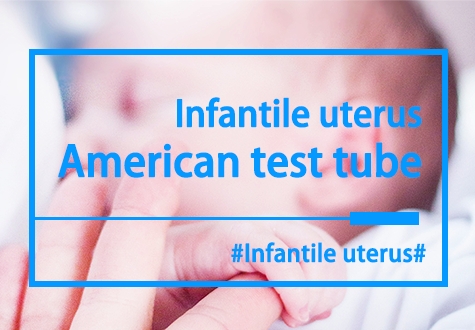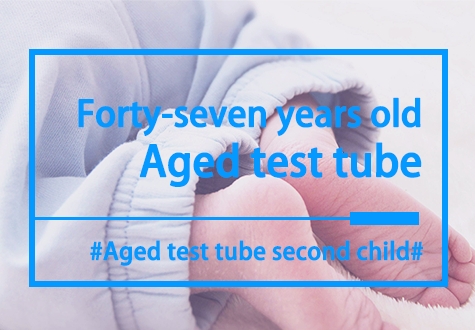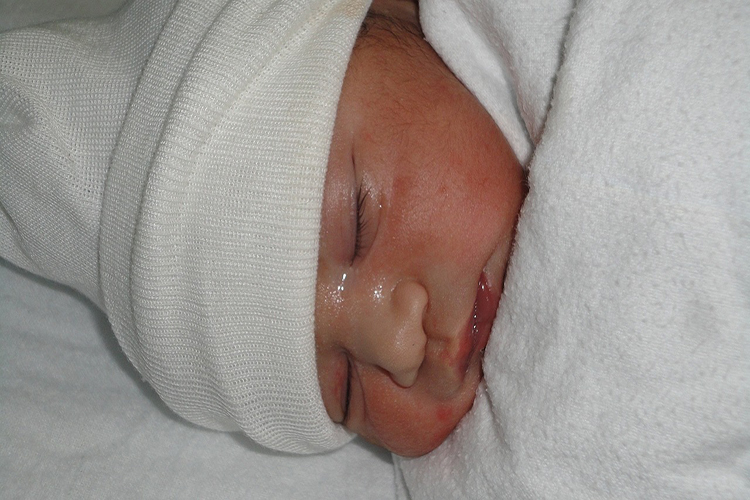Is the success rate of tube adhesion to do IVF high?
Tubal adhesion is one of the common causes of female infertility, which prevents the egg and sperm from meeting and fertilizing in the fallopian tubes, making it difficult to conceive naturally. In order to solve the problem of infertility caused by tubal adhesion, IVF (assisted reproductive technology) has become an effective treatment. But there are also some questions, fallopian tube adhesion to do IVF success rate is how many? Do I need three generations of test tubes?

Tubal adhesion is a common gynecological disease that can cause blockage or impaired function of the fallopian tubes, which can affect the normal delivery and fertilization process of eggs. In this case, IVF technology becomes a viable solution. Through in vitro fertilization and embryo culture, IVF technology can bypass the damaged fallopian tubes and implant the embryo directly into the uterus, thus improving the success of pregnancy.
However, the success rate of IVF in patients with tubal adhesion is not 100%. The success rate is influenced by a number of factors, including the age of the patient, the quality of the eggs, the endometrial environment, and the technical level of the hospital. In general, young patients in good physical condition have a relatively high success rate. Therefore, for patients with tubal adhesion, when choosing IVF technology, they should fully understand their own situation and make decisions under the guidance of professional doctors. Under normal circumstances, the success rate of tube adhesion is generally 30%-50%.
Do patients with tubal adhesion need to do three generations of IVF?
Traditional IVF (second or first generation) is often effective in solving infertility problems caused by tubal adhesions. For certain genetic diseases or chromosomal abnormalities, or the presence of other infertility factors, three generations of IVF may be recommended as a more efficient and safe option. Three generations of IVF mainly reduces the risk of genetic diseases by screening embryos for genetic disease risk and selecting healthy embryos for transfer.
Patients with tubal adhesions can achieve a higher success rate of conception through IVF, and traditional IVF techniques are usually sufficient to solve the infertility problems caused by tubal adhesions. Whether three generations of IVF is needed needs to be comprehensively evaluated by the doctor according to the individual situation. If you need to know more about tubal adhesion to do IVF, please consult the new Bonn IVF agency, we will provide you with professional advice and services.














